How to grow a fig tree in a pot to give your garden a Mediterranean look
This is everything you need to know about growing a fig tree in a pot
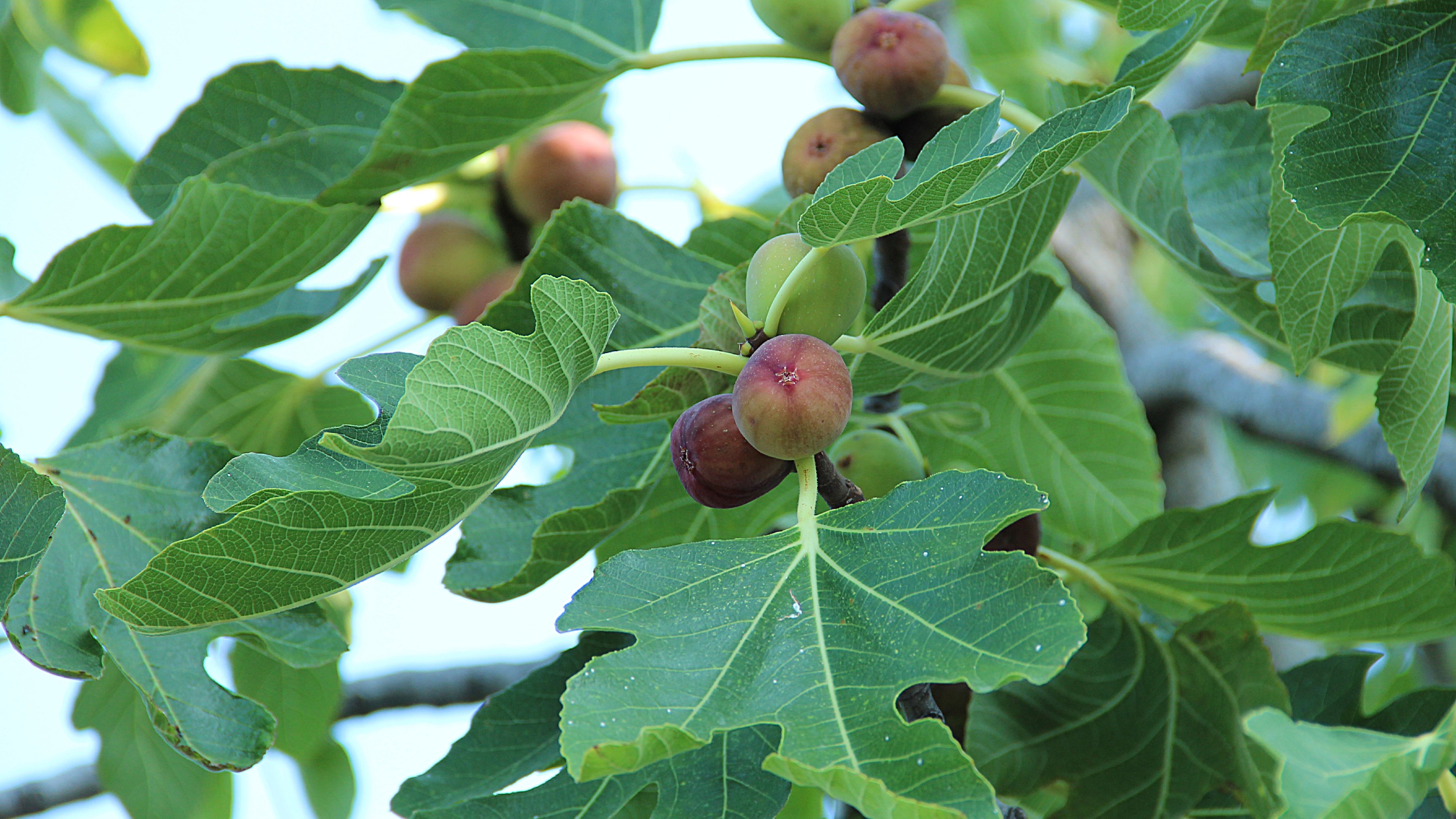

EDITOR’S NOTE: An earlier version of this article included a quote from a purported expert whose credentials we have not been able to verify. The quote has been removed. We regret this lapse in our verification process and have updated our internal protocols to reduce the risk of recurrence.
Fig trees are known both for their deliciously sweet fruit and beautifully decorative leaves that look like they’ve been carefully cut out of paper. So we definitely see the appeal of fig trees. But while you can plant one in your garden, growing a fig tree in a pot is actually more beneficial.
Native to the Mediterranean and southern Asia, fig trees are used to warmer climates and don’t handle the cold so well. So by growing yours in a pot, you’ll be able to move it indoors during the winter to protect it from the frost which is a vital part of how to grow a fig tree, along with knowing things like how to prune fig trees and what soil they need.
So this is what you need to know and do to help your fig tree thrive and be healthy, rewarding you with your very own figs every summer.
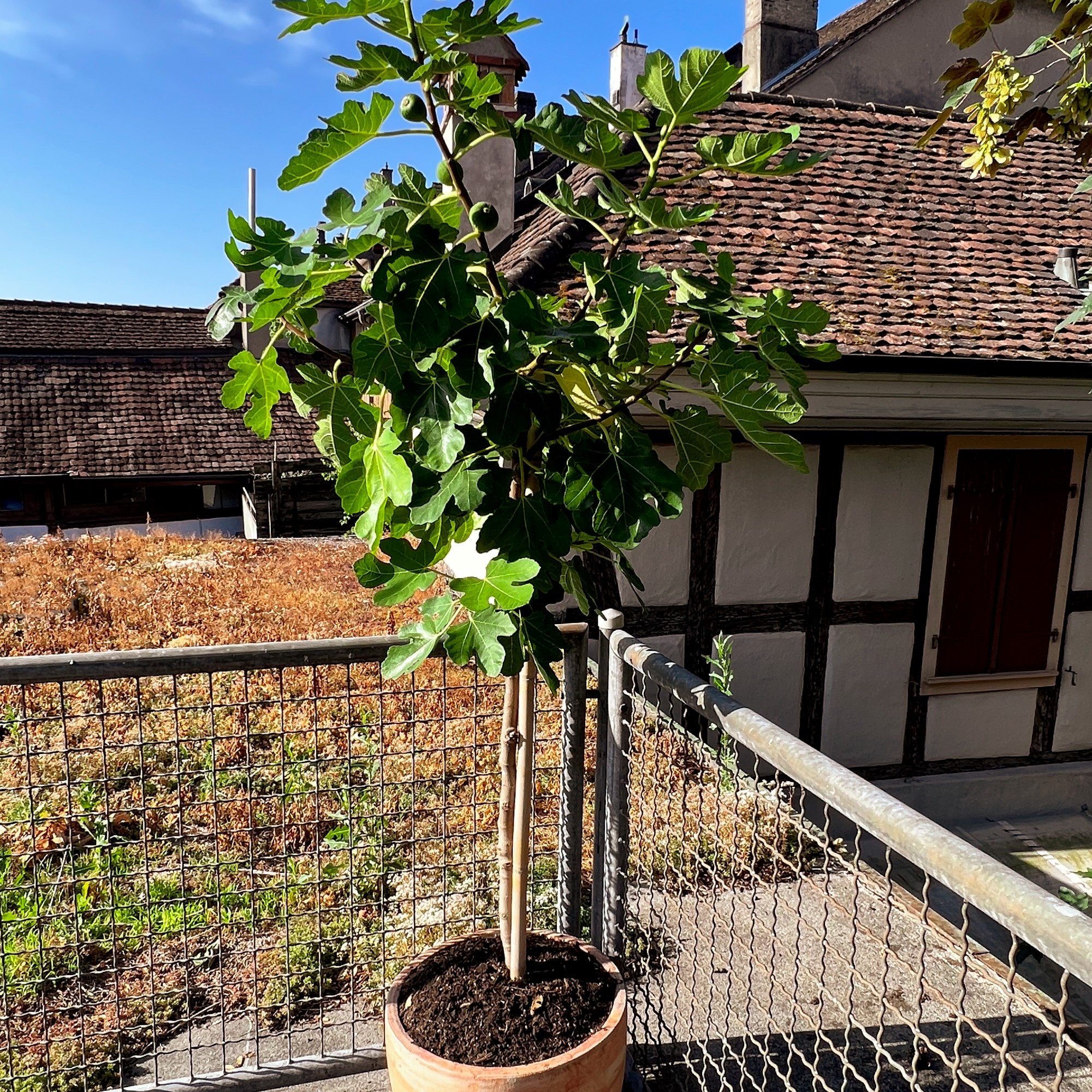
How to grow a fig tree in a pot
‘Growing figs in pots is beneficial here in the UK due to our colder climate, and means that they can easily be overwintered (brought inside) during the colder months which protects them from frost,’ says Steve Chilton, garden expert at LeisureBench.
Putting a fig tree also helps to stunt its growth which makes it one of the best trees for small gardens, especially if you opt for a dwarf variety and prune it regularly. And learning when to prune a fig tree is also a very important part of its care.
‘I recommend opting for a dwarf fig variation instead of a standard variation. This is because standard variations can grow incredibly tall, too big for a pot,’ Steve notes.

Steve is a passionate and knowledgeable garden expert with several years of experience within the field. As the director of LeisureBench, an industry-leading garden furniture company, Steve has developed strong expertise for all things nature and plants.
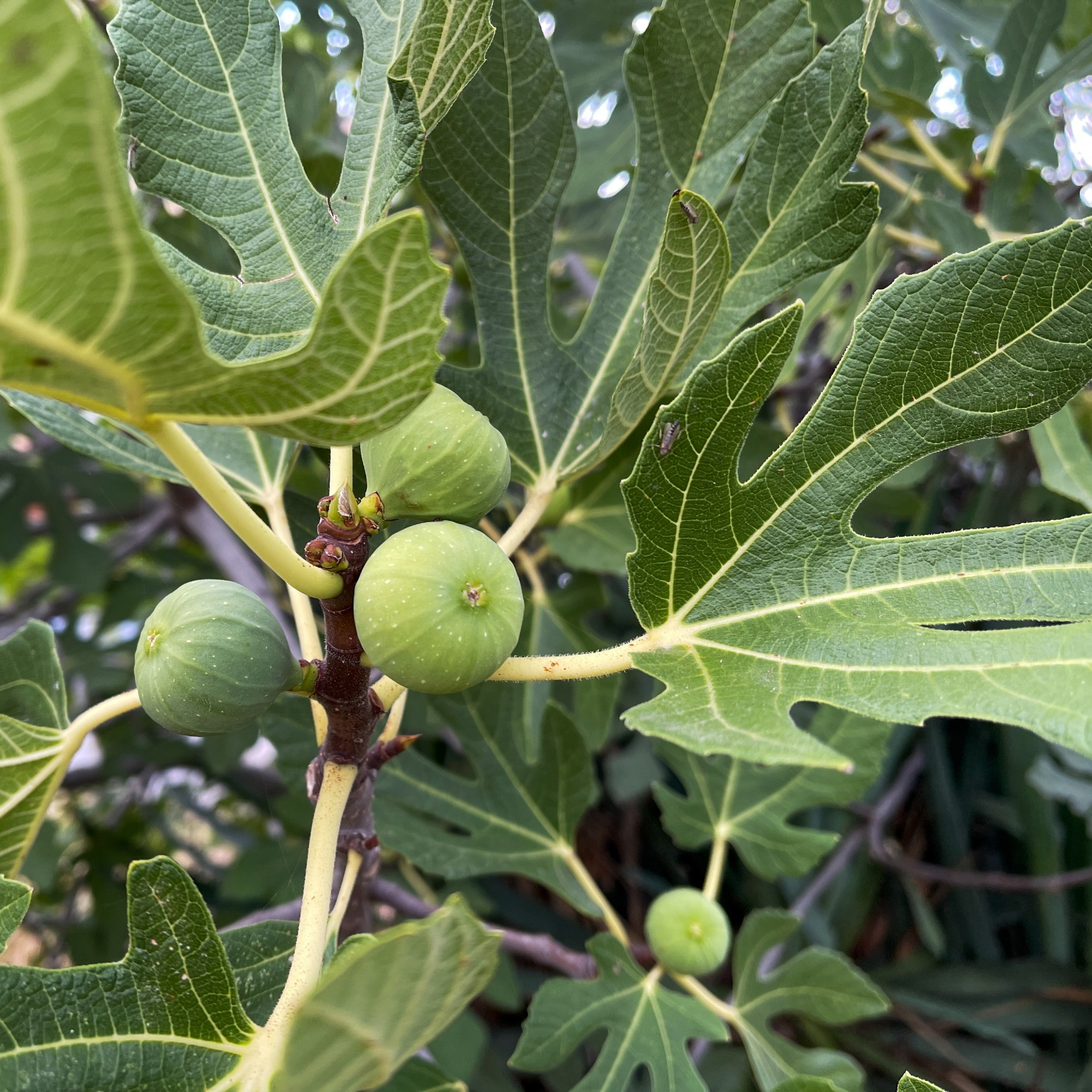
What you’ll need
- A fig tree like the Brown Turkey dwarf variety from Thompson & Morgan
- Free-draining soil like this Miracle-Gro one at Amazon
- Planter with 30cm in diameter minimum like this one at Amazon
- Pot feet like these at Amazon
- Tomato feed like the Levington Tomorite Liquid Tomato Food at Amazon
- Mulch like this one at Amazon
Choose the best spot for your fig tree
As mentioned above, fig trees are native to warmer, sunnier climates so they will do best in a sunny spot in your garden.
Sign up to our newsletter for style inspiration, real homes, project and garden advice and shopping know-how
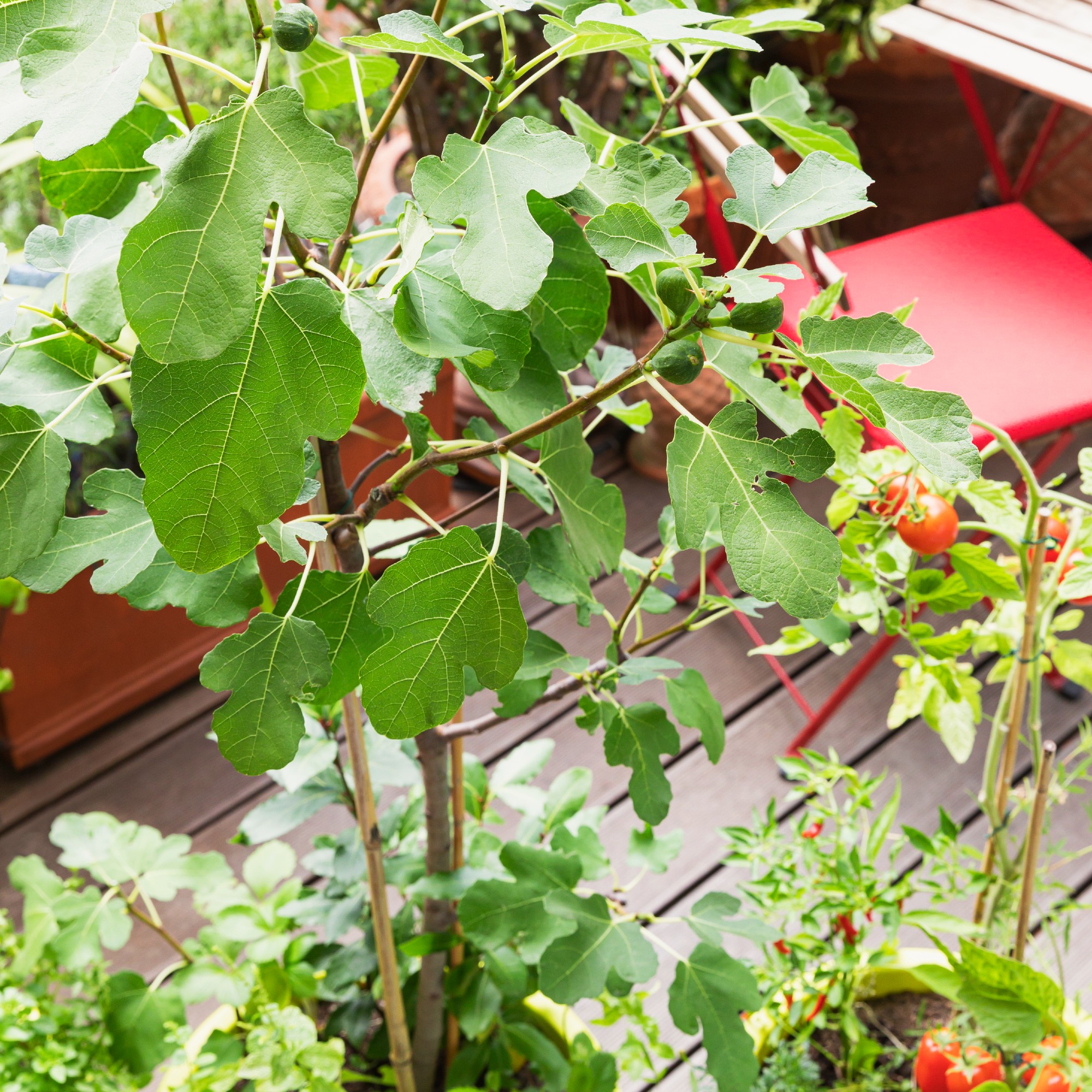
Water your fig tree regularly
When it comes to watering your fig tree, it’s all about balance. As during the growing season, the tree will need regular watering but you need to be careful not to make it waterlogged. But there are things you can do to prevent that from happening such as raising the pot onto bricks or pot feet.
Re-pot your fig tree every couple of years
Fig trees need to be repotted regularly to larger planters as they continue to grow. ‘You'll generally have to re-pot it every year as the fig gets bigger and bigger,’ Steve says. ‘A fig tree needs quite a large pot, especially if you don't want to re-pot it every year.'
'If you want to start with a smaller pot, then I recommend getting one that's 30cm in diameter. If you want to start out with a bigger pot and not have to re-pot so quickly, then start out with one that's around 50cm in diameter. Anything from 30cm to 50cm should work well.’

FAQs
What kind of potting soil to use for a fig tree?
Getting the right soil for your fig tree is going to be very important in its successful growth.
‘They need free-draining, moisture-retentive soil. They do prefer organically-rich soils so adding compost is a good idea or opting for a potting soil that's mixed with organic matter,’ Steve says.
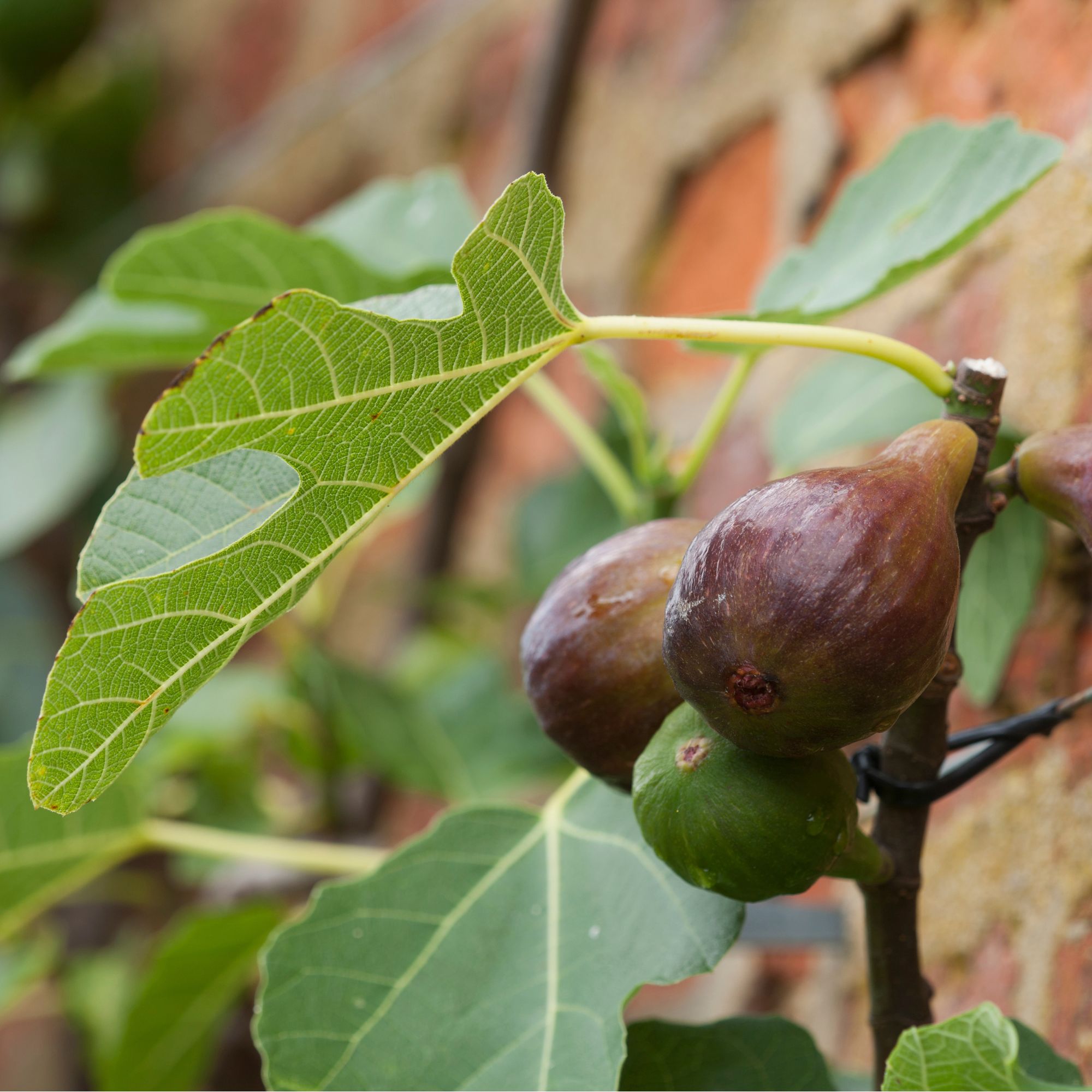
And that’s everything you need to know about how to grow a fig tree in a pot.

Sara Hesikova has been a Content Editor at Ideal Home since June 2024, starting at the title as a News Writer in July 2023. She is now also the Ideal Home Certified Expert in Training on Furniture, and so far has tested over 150 different sofas.
Graduating from London College of Fashion with a bachelor’s degree in fashion journalism in 2016, she got her start in niche fashion and lifestyle magazines like Glass and Alvar as a writer and editor before making the leap into interiors, working with the likes of 91 Magazine and copywriting for luxury bed linen brand Yves Delorme among others.